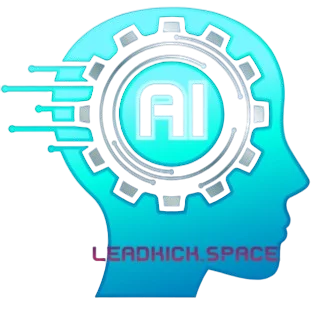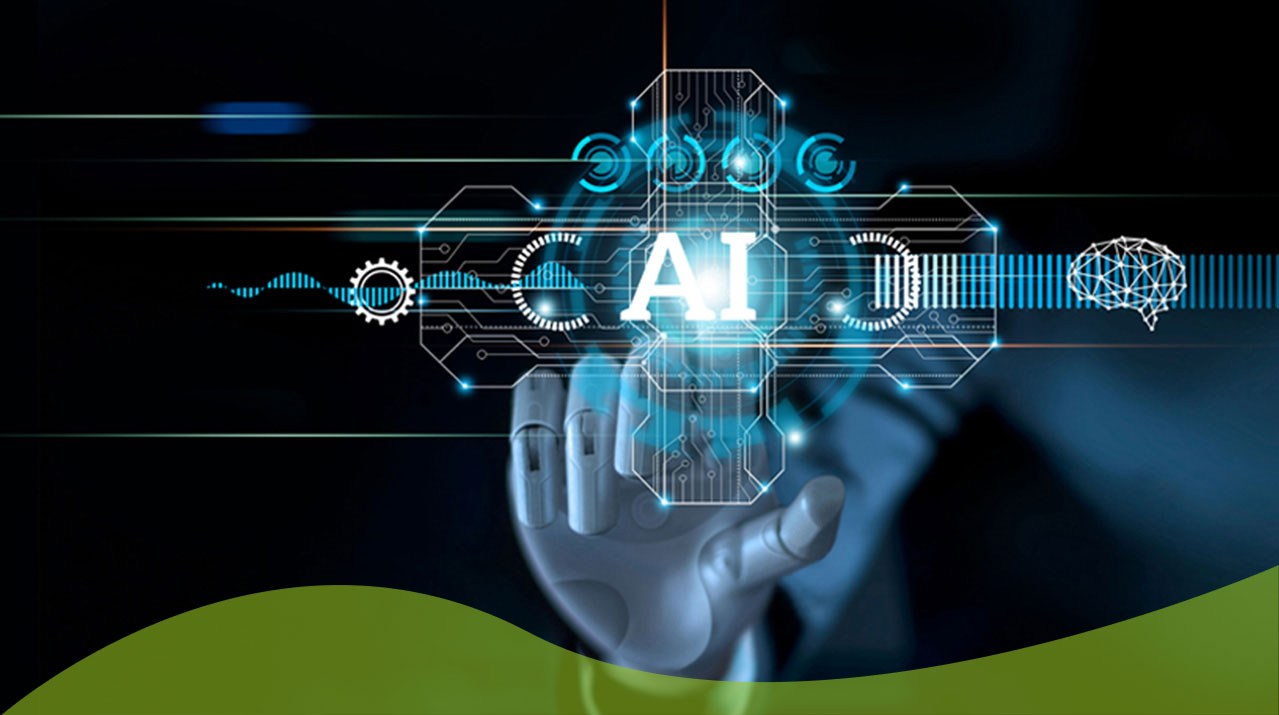Understanding AI Applications in the Workplace
Artificial Intelligence (AI) applications are increasingly becoming integral to the modern workplace, revolutionizing the way organizations operate. These advanced technologies, which encompass machine learning, natural language processing, and data analytics, serve a multitude of functions designed to enhance productivity and efficiency. At the core of AI applications is machine learning, a subset of AI that enables systems to learn from data and improve over time, making it possible for businesses to automate repetitive tasks and decision-making processes. This not only saves time but also minimizes human error, ultimately leading to higher accuracy in outcomes.
Natural language processing (NLP) is another critical component of AI applications, allowing machines to understand and respond to human language in a way that is both meaningful and contextually relevant. In a professional setting, NLP can be utilized for tasks such as automating customer service inquiries, enabling chatbots to engage with customers seamlessly, and summarizing extensive reports with minimal human intervention. By employing these capabilities, organizations can significantly reduce the workload on their employees, freeing up valuable time for creative and strategic tasks.
Additionally, data analytics plays a vital role in the effective operation of AI applications within the workplace. By analyzing vast quantities of data, these systems can uncover patterns and insights that may not be immediately apparent. This enables companies to make informed decisions based on real-time information, potentially gaining a competitive advantage in their respective industries. The integration of AI applications into various sectors—be it finance, healthcare, or manufacturing—demonstrates their versatility and effectiveness in addressing diverse operational challenges.
In essence, the adoption of AI applications signifies a transformative shift in the workplace, empowering organizations to work faster and smarter while maximizing productivity.
Key Benefits of Using AI Apps for Productivity
The integration of AI applications into daily work routines presents a multitude of advantages that can significantly enhance productivity. One of the most notable benefits is the improvement in time management. AI apps utilize sophisticated algorithms to analyze workflows and identify inefficiencies. By doing so, they provide suggestions for optimizing schedules, allowing users to allocate their time more effectively. This streamlined approach to managing tasks can lead to increased output and reduced stress levels for individuals and teams alike.
Another important benefit is enhanced decision-making capabilities. AI applications are capable of processing vast amounts of data at remarkable speeds, which enables them to identify patterns and trends that may not be immediately apparent to human analysts. By harnessing this capability, professionals can make more informed decisions based on comprehensive data analyses rather than intuition alone. This reliance on data-driven insights not only improves accuracy but also enhances strategic planning and operational efficiency within organizations.
Furthermore, AI apps significantly reduce repetitive tasks through automation. Tasks that previously took up valuable time, such as data entry and basic report generation, can now be automated. This leaves employees with more time to focus on complex projects that require critical thinking and creativity. For instance, project management tools can automatically update team members on progress, deadlines, and resource allocation, allowing for smoother communication and collaboration.
AI applications can also provide personalized suggestions to optimize workflows. By learning from user behavior, they can offer tailored recommendations that resonate with individual working styles. For example, AI-driven tools can suggest priority adjustments based on past performance and project deadlines. Real-world examples of organizations using AI tools range from customer service chatbots that enhance client interactions to intelligent scheduling assistants that alleviate the burden of coordinating meetings. These implementations underscore the transformative potential of AI applications in fostering a more productive work environment.
Popular AI Applications Revolutionizing the Workplace
In today’s fast-paced work environment, professionals increasingly rely on artificial intelligence (AI) applications to enhance productivity and efficiency. Various tools have emerged across multiple domains, catering to project management, communication, data analysis, and customer relationship management (CRM). This section highlights some of the most effective and popular AI applications transforming the workplace.
Starting with project management, apps such as Trello and Asana utilize AI to automate task assignments and deadlines. These platforms integrate machine learning algorithms to analyze team performance and suggest optimal workloads, thus facilitating smoother operations. In comparison, Monday.com offers a more visual approach, allowing users to create custom workflows while harnessing AI features to predict project timelines based on historical data.
Communication is another area significantly impacted by AI-driven solutions. Tools like Slack and Microsoft Teams incorporate AI-powered chatbots to help manage daily interactions, automate meeting scheduling, and streamline information sharing. These tools enhance collaboration by reducing time spent on redundant tasks, allowing team members to focus on high-priority projects. A notable competitor is Zoom’s AI capabilities, which provide real-time transcription and summarize discussions, further improving communication efficiency.
When it comes to data analysis, applications such as Tableau and Google Analytics utilize AI to authenticate trends and generate complex reports with minimal manual input. By employing advanced algorithms, these platforms can transform raw data into actionable insights, significantly benefiting strategic decision-making. Conversely, Microsoft Power BI integrates directly with other Microsoft applications, making it an attractive option for organizations already using the Microsoft ecosystem.
Finally, AI applications in customer relationship management like Salesforce Einstein are revolutionizing how companies interact with clients. This tool leverages data to predict customer behavior, personalize recommendations, and streamline service processes. Likewise, HubSpot employs AI to automate marketing efforts and enhance customer engagement through tailored communications.
These popular AI applications not only improve productivity but also foster a smarter work environment, allowing professionals to leverage technology effectively for enhanced performance.
Future of Work: The Role of AI in Evolving Workplace Norms
The integration of artificial intelligence (AI) applications in the workplace is increasingly transforming how businesses operate and engage with their workforce. As automation and AI technologies become more prevalent, they are reshaping traditional workplace norms and redefining the expectations of employees and employers alike. This evolution carries significant implications for productivity, collaboration, and innovation within various industries.
One of the most notable changes in the workplace is the enhancement of productivity through AI-driven tools that streamline routine tasks. By automating mundane responsibilities, employees can focus on higher-level strategic activities that require critical thinking and creativity. This shift not only leads to increased operational efficiency but also fosters a work environment that prioritizes innovation. However, with these advancements come potential challenges, particularly the concern over job displacement. Many fear that AI applications might replace human roles, particularly in tasks that can be easily automated.
In response to these challenges, it is crucial for both businesses and employees to adapt proactively. Companies must invest in upskilling their workforce to equip them with the necessary tools and knowledge to work collaboratively alongside AI technologies. This includes fostering a culture of continuous learning and development, where employees are encouraged to enhance their skill sets in areas that complement AI capabilities, such as data analysis, project management, and interpersonal communication.
Moreover, organizations that leverage AI applications for continuous improvement can stay ahead of the curve, enabling them to remain competitive in a rapidly changing landscape. Embracing AI does not merely entail replacing existing processes; rather, it requires a strategic approach that integrates technology with human talent to create synergies that drive business success.


No responses yet